Emmy Winner Apoorva Bakshi Breaking Global Boundaries After ‘Delhi Crime’
Photo: Bakshi also serves as a producer on critically acclaimed films such as “WOMB (Womb of My Billion)” and “Wakhri.”
BY REENA RATHORE
SARATOGA, CA – At a young age, Apoorva Bakshi has shown her knack for interpreting sensitive subjects and aligning herself not with vanity pieces but with compelling global content that resonates. Just look at her résumé.
From the Emmy Award-winning police procedural series, “Delhi Crime” to her latest endeavors, including Aizhan Kassymbek’s Kazakh social drama, “Madina,” which premiered at the Tokyo International Film Festival, the Netflix docuseries, “The Hunt for Veerappan,” and “The Glassworker,” Pakistan’s first-ever hand-drawn animated feature, the Indian American producer has utilized her skills to bring forth diverse, borderless content.
India-West spoke with Bakshi to gain insight into the making of these projects, beginning with the story of Veerappan, a name that became synonymous with sandalwood smuggling, elephant poaching, a series of high-profile abductions and brazen attacks on authorities.
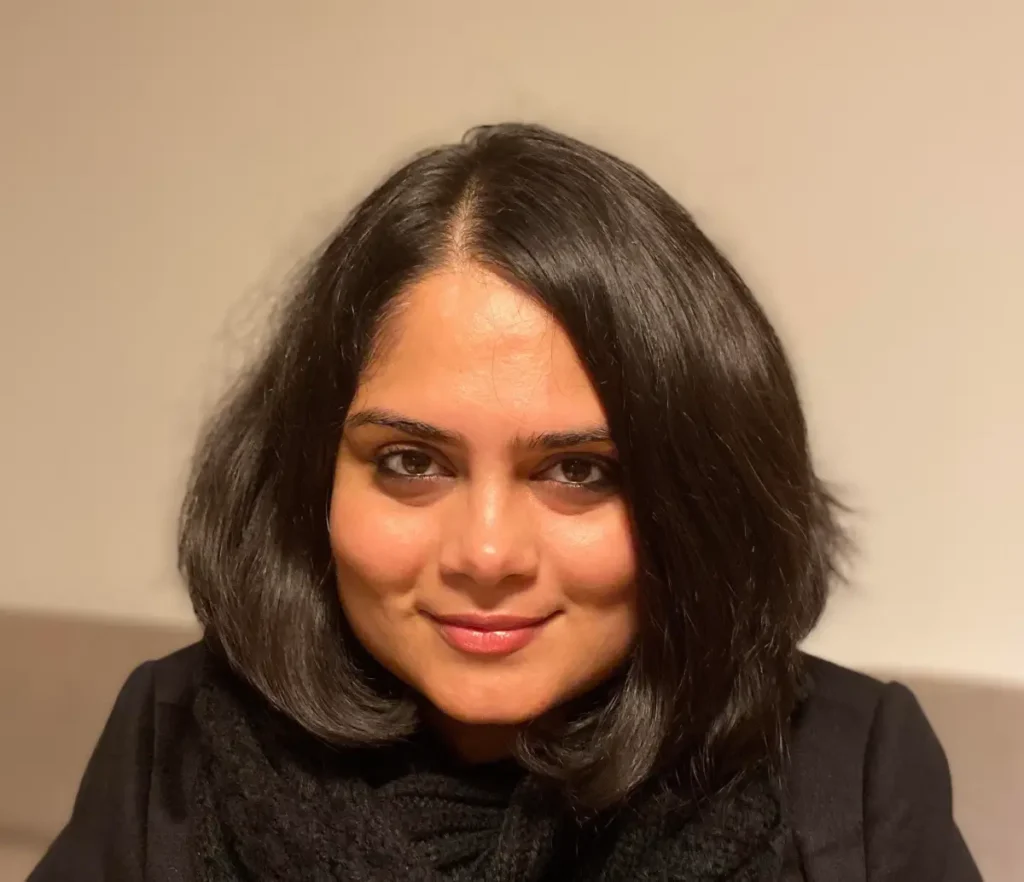
Directed by Selvamani Selvaraj, this riveting series chronicles the true account of the notorious criminal with handlebar moustache who unleashed a reign of terror for decades, evaded capture and largely remained an enigma until he was killed in 2004. But some compared the infamous outlaw, who operated in the jungles, to a modern-day Robinhood. The series, however, steers clear of sensationalism and maintains a neutral approach. Bakshi told India-West that they never set out to classify Veerappan.
“There are multiple pieces that have existed on Veerappan, but nobody has really been able to give an overview in a balanced way. There was a perception of the man, there was a bogeyman in which we attached to him, but nobody really knew the story. What we really wanted to do was share the story and drive a perspective amongst viewers,” she said.
The series brings to light several aspects of his life via interviews with people who lived to tell the tale, including his wife, Muthulakshmi, people from his village, police officers and journalists as well as meticulously sourced photos and news clips.
Since this was a 20-year manhunt, Bakshi said there was a lot of information to download and share but they made a concerted effort to only be the medium of the story, recount the facts and not fill in the gaps with their own imagination.
“There was obviously the making of the man. So there was a lot of selective design element. My biggest objective was that we get out of the way as storytellers and share an authentic account as experienced by people who were part of this life,” Bakshi said. “We literally, in a very non-negotiable way, each one of us who were driving the creative, the writers, the directors, the editors, particularly saw to it that we had no bias left for any side of the story or our own perspective layered over it. Our signature is in presenting authentic accounts. So that was what we wanted to do. And I think we were able to achieve that.”
Selvaraj hit upon the germ of the idea and pitched it to Bakshi when they met at the NFDC Film Bazaar a couple of years ago. Fresh off the success of “Delhi Crime,” Bakshi found this research-backed project to be very fascinating and spent the next three days poring over the material before concluding that the psyche of this man had to be studied and it should be made into a docuseries instead of a fictional series because of the “incredible characters who have had a first-hand experience of living in those times.”
Not indulging in recreation, however, “tough” it got, was also a conscious decision the two eventually made.
“I’m very intentional with what I do as a producer. So the creators that I back, the stories that I want to back, has to really stop you in your tracks and make you think and feel emotionally,” Bakshi told India-West. “So I put him through the grind and I said, ‘If you put a face of your opponent in front of me, you limit my imagination completely. And we did the same thing with ‘Delhi Crime,’ right? It’s very clear that we will not show the crime. Because depending on your own lived experiences, a viewer’s imagination will present the worst version. I can never, never show the version that you can imagine. And that is how you want to engage viewers that they feel more deeply.”
And so like other structurally designed documentaries, they sought to make it emotionally engaging but were not averse to a little garnishing to up its production and entertainment value as well as global appeal.
“The tools of thriller were put right on top. Even though the intention was to tell the stories of the villagers who were trampled in the middle…to let the victims and survivors speak their truth, and there’s truth to power, which we wanted to pass on to the viewer but it could not have been done in a preachy way,” said Bakshi. “I encouraged them to do B-rolls to be able to make it very immersive and let people experience the region…it was eye-opening that the jungles were just huge. It gives a very clear perspective of why that was his home. Why were the cops not able to catch him as because of the way they were handling the manhunt. So all of those kind of experiences I wanted to ensure that they have.”
With very little archives to work with, the series takes off slowly but that was intentional by design.
“We needed you to feel the frustration the cops were feeling. If you’re not able to find where he is, what is he doing, you’re just imagining it, that’s how the cops were dealing with the manhunt for the first six, seven years,” Bakshi stated.
From research to the final product, the journey spanned 4 years. Bakshi said they had a strong conviction that the story of Veerappan would be relevant in any decade.
“It is relevant now. I did not have the idea of his story and the deeply social political backdrop to his existence. If you talk to 20-year-olds, they don’t even know the name. And that’s why we designed music around it to make it cool, approachable and thriller like,” she noted. “…Netflix allowed us as a platform to be able to tell the story in the most robust way.”
Another Netflix series, “Delhi Crime” follows the investigation into the 2012 horrific gang rape of a young woman which reverberated across India and the world. When she was introduced to the script by Indo Canadian writer/director Ritchie Mehta, she was immediately drawn to the material.
“Being a military kid, I did not understand the kind of constraints that law enforcement agencies in our country go through. Obviously in the U.S., we can really indulge in preventive policing, but in India it’s impossible,” Bakshi said.
The show was a runway hit and Season 3 is now under production but securing backers for it proved trickier.
Bakshi moved to India for 8 months and the duo went all in. Securing funds for their passion project proved to be a Herculean task but their collaborative efforts paid off. “Delhi Crime” finally came to life through Golden Karavan, a partnership between Bakshi, veteran Hollywood producer Aaron Kaplan and media investor Jeff Sagansky, among others.
And then almost every platform passed on the material before it made a splash at the Sundance Film Festival. They eventually struck a deal with Netflix.
Research as well as the passion of the creator and how collaborative they are with their energies, she said, have always been the backdrop of her decisions.
“I think a single show, a good thought-provoking piece of material which is on TV today is not made by one person. It’s a village that comes together to make it. I’m a strong believer in that. And it spits out people who don’t align,” she noted, adding that recognition is like icing on the cake, but what really drives her energy are projects that challenge her as a creator.
Bakshi’s journey is unique in many ways. The Saratoga, CA-based gained the majority of her experience distributing films. Her career progression involved association with filmmakers like Guneet Monga and Anurag Kashyap.
The independent film bug bit her when she chanced upon and acquired a small doc called “Placebo,” which lacked distributors, at one of the film festivals in the U.S.
Between Netflix and Amazon, she has now distributed over 40 films.
After graduation, she joined custodian services at a bank but knew that storytelling was her calling. She went on to earn a degree in brand management from Mudra Institute of Communications, Ahmedabad, and was recruited by Sony Pictures Television which is where she was first exposed to large-scale productions and called it a “big learning curve.” Working at AXN and Animax and across verticals, including a couple of stints as an associate producer with Sony, she was on a “very good career progression path.” And then she fell in love.
She moved to the U.S. on an H-4 visa which severely restricted the ability of spouses to work and build an identity for themselves at the time and felt like she was “starting from scratch.”
But after overriding all the challenges that life threw at her, Bakshi is “sure-footed” and more confident than ever.
“To keep turning a no into a yes in some way, that’s been my mantra, that you just have to keep moving forward,” she said.
Reflecting on her rise with gratitude, she cited the success of those who have come before her, saying “I think I’m just very blessed to have learned what not to do very early in life from solvers who’ve been through challenges before me and learning from their experiences.”
Bakshi is producing a slate of projects through her Awedacious Originals banner – co-founded by Monisha Thyagarajan – which seeks to provide a platform to “brave” storytellers and create “awe inspiring” content.
“These are hyperlocal South Asian stories but have the legs to really be relatable worldwide. Just thought-provoking material that can stop you and make you think and feel more deeply,” Bakshi stated.
One of those projects generating a lot of buzz and looking at a 2024 global release is “The Glassworker,” the Hayao Miyazaki-style animated feature, directed by Usman Riaz and produced through his Karachi-based Mano Animation Studios.
Describing Riaz as a “prodigy,” Bakshi, who first met the film’s team when they were at a crowdfunding stage, said: We truly believe that this is a South Asian success story. I’m an anime girl, so the effort that he had taken to be able to draw those incredibly beautiful frames not only drew my mind, but also drew my heart into it. It’s about war and what happens around it.”
“WOMB: Women of my Billion,” which reflects an epidemic of gender-based violence and is produced by Bakshi and actor/producer Priyanka Chopra Jonas, opened to rave reviews at the 2023 Jio MAMI Mumbai Film Festival.
Her credits include Pakistani American writer-director Iram Parveen Bilal’s “Wakhri,” which challenges patriarchy and had its world premiere at the recently held Red Sea Film Festival.
“If you ask me, would I change anything in the past 10 years, even though I went through the lowest of lows, I wouldn’t because one thing led to the other,” she said.

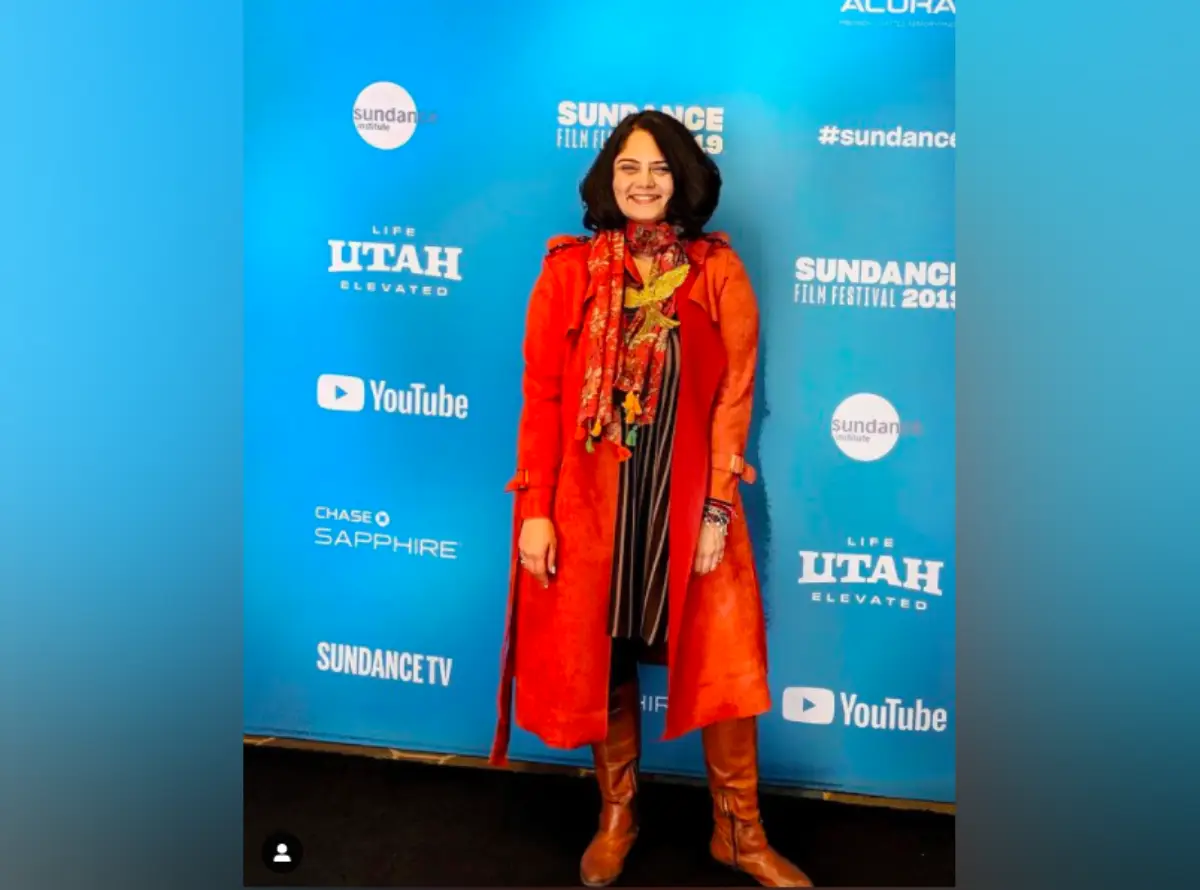
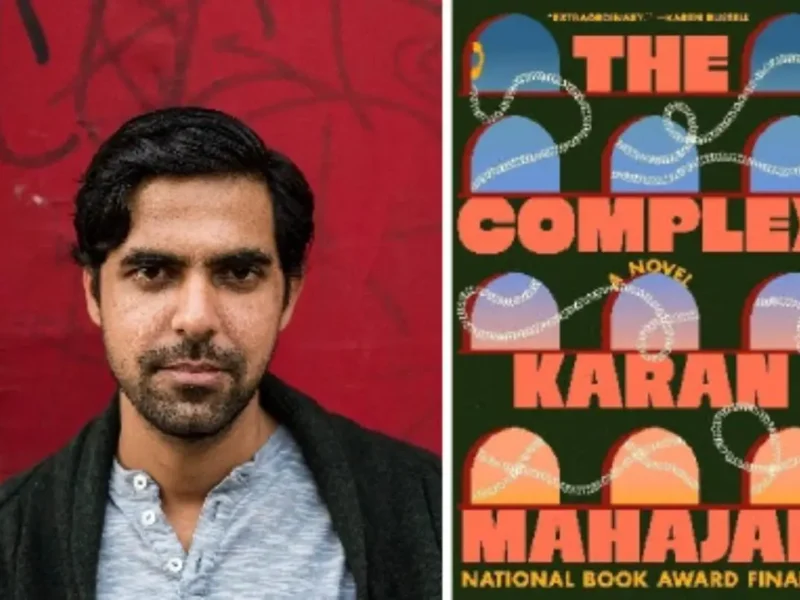
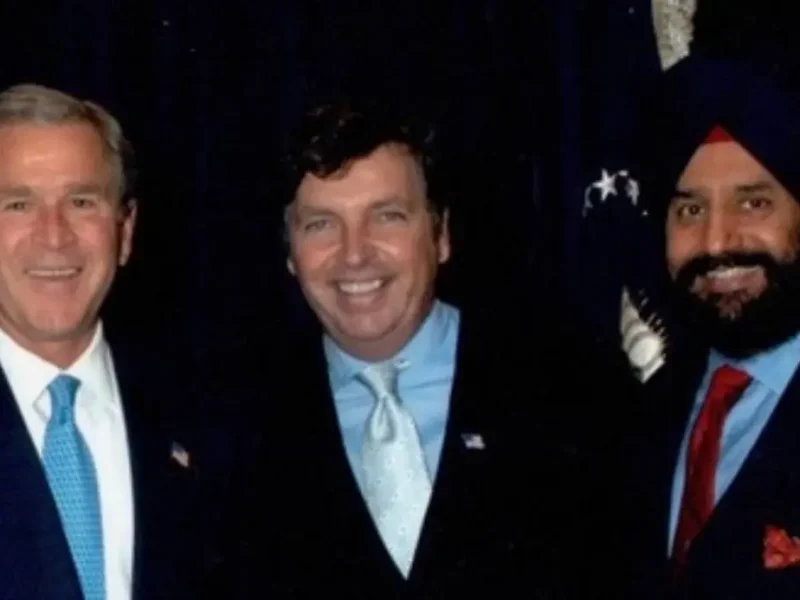
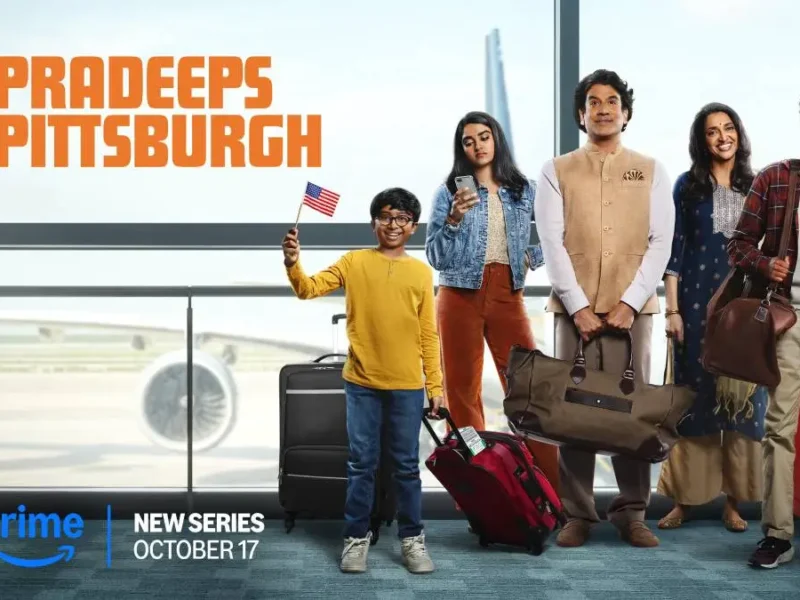
Vijay
/
Wow! So much space for such a trivial subject!
December 22, 2023